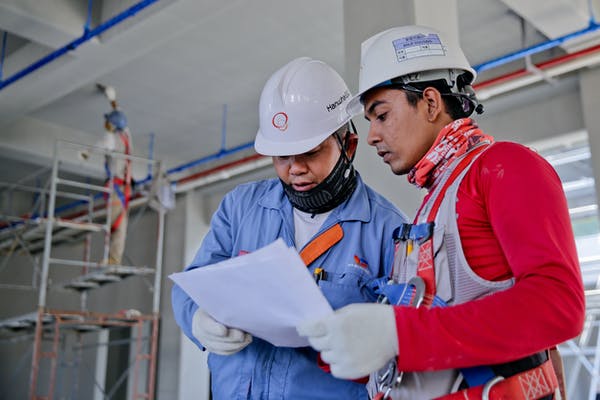Picture a world where every package stays sealed, every chair leg remains firmly attached, and every electronic device is assembled flawlessly. Behind this reliability is the often-overlooked hero: industrial adhesives. For industrial adhesive manufacturers, ensuring their products not only perform their bonding tasks but also do so safely and effectively is a delicate balance of science and skill. Adhesives have come a long way, evolving to meet the demanding specifications of many industries, including packaging, woodworking, and product assembly. As important as the adhesive quality is, the knowledge and practices around its application and maintenance are equally important. Let us explore how this plays out in professional settings.
Adhesive application protocols
Getting adhesive usage right starts with proper preparation and application. This means ensuring surfaces are clean and free from dust, oils, or other contaminants that could weaken the bond. Next is training the workforce on handling adhesives safely – from how much to apply to recognizing curing times. Moreover, for specialized sectors, it is crucial to understand the environmental conditions like temperature and humidity, as they can significantly impact the adhesive’s performance. Thoughtful application ensures the longevity of the bond and safety of use.
Health and safety measures for employees
The well-being of employees who work with industrial adhesives is paramount. Ensuring they are educated about potential hazards is the first step toward a safer work environment. This could include understanding the chemicals in various adhesives and what to do in case of accidental exposure. Proper ventilation is mandatory to mitigate any harmful fumes. Moreover, providing easy access to safety equipment and detailed emergency response plans sets a standard of care and precaution within the industry.
Advancements in adhesive technologies
As industries evolve, so do adhesive technologies. We are seeing a significant shift towards sustainability with the introduction of more eco-friendly, non-toxic adhesives. Automation in the application process is another area of innovation, enabling precise distribution and reduced material waste. Then, intelligent adhesives that adjust their behavior based on environmental cues are developed, increasing the capability of modern manufacturing processes. These advancements improve efficiency and contribute to healthier workplaces and a better planet.
Sealing the deal: Ensuring adhesive effectiveness and longevity.
Last but not least is ensuring the longevity and effectiveness of the adhesives in practice. Techniques like bond strength testing are essential to confirm that an adhesive can withstand the conditions it is designed for. Monitoring environmental factors is also crucial because humidity and temperature can negatively impact adhesion over time. Regularly documenting maintenance checks and safety audits can help track performance and anticipate potential issues. In adhesives, attention to detail is the silent guardian of quality and safety.

